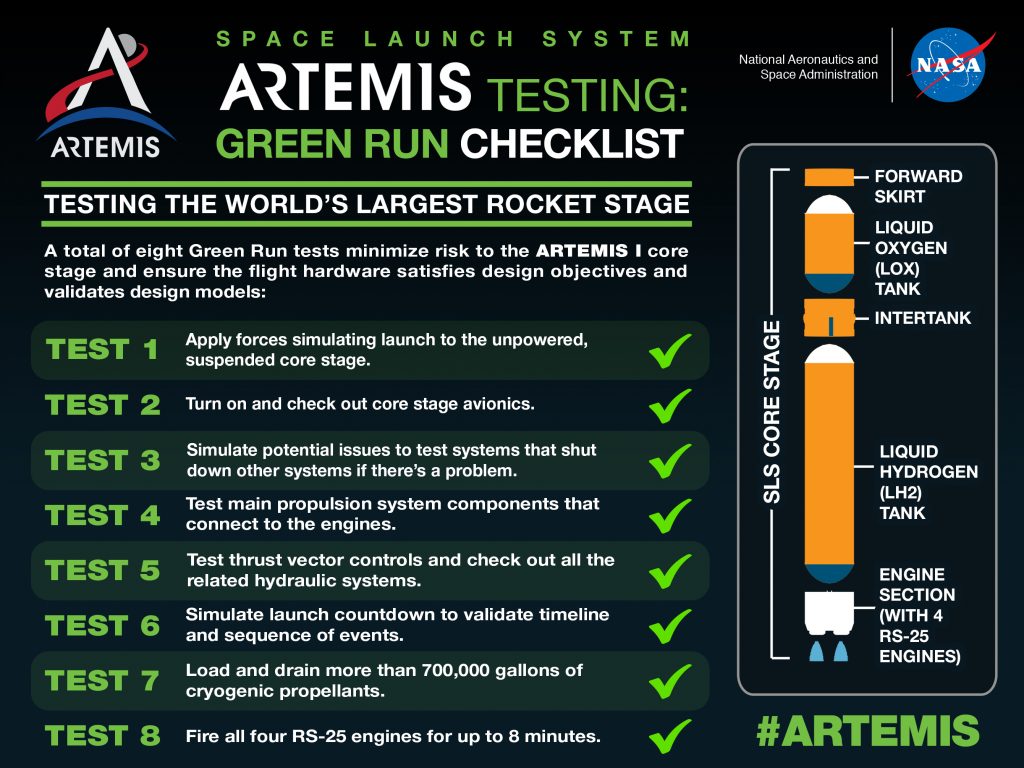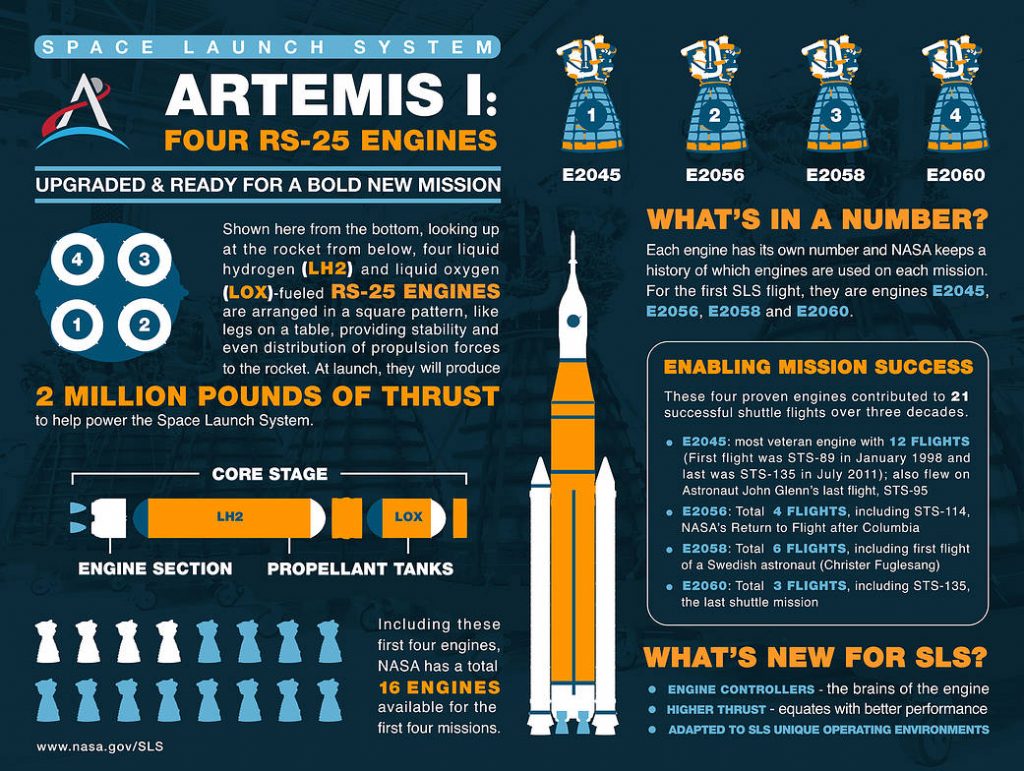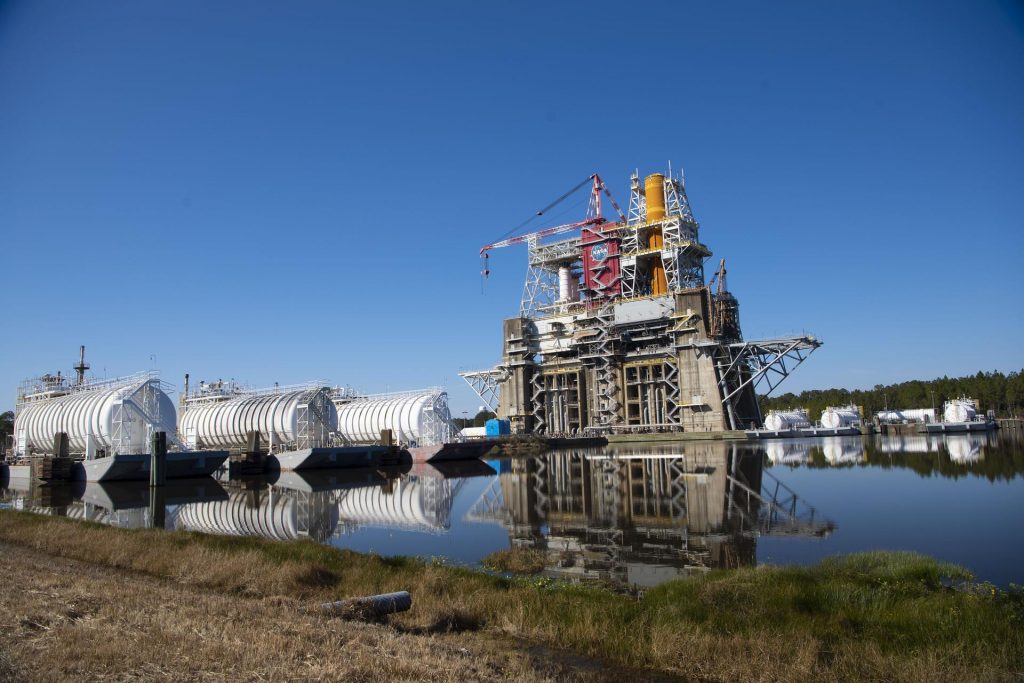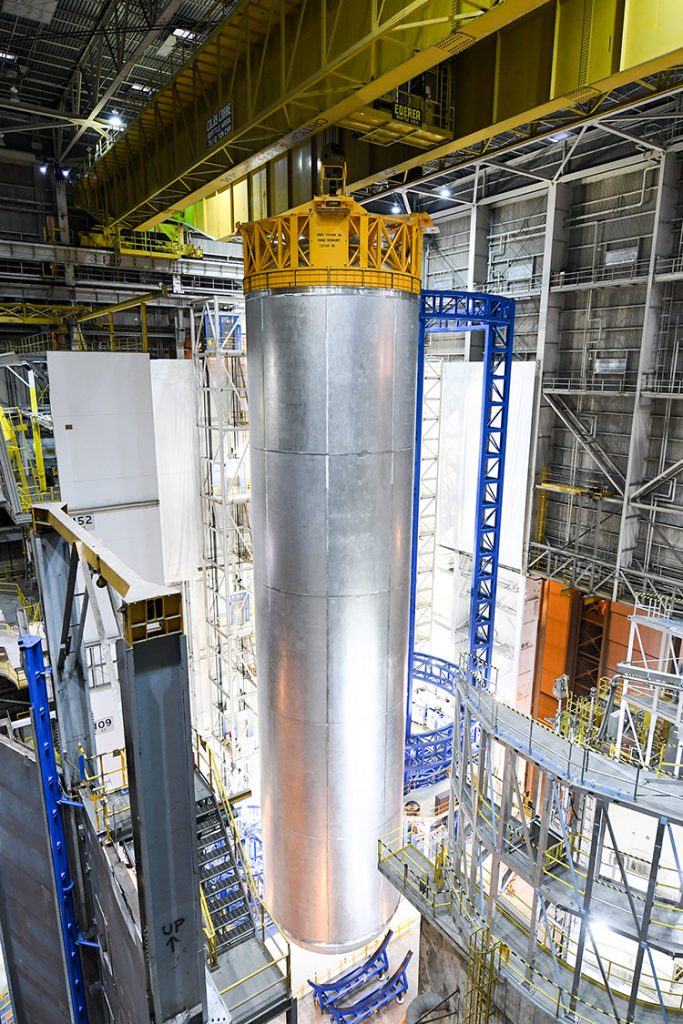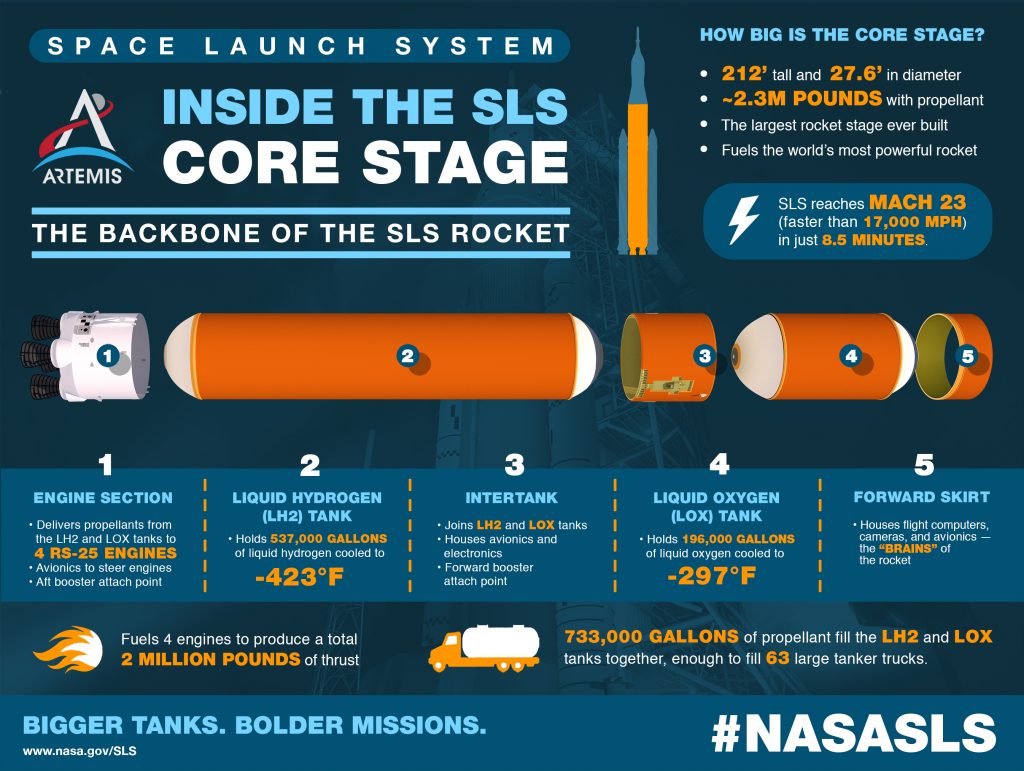The NASA team is moving parts of the Space Launch System rocket to begin assembly of the forward, or upper part, of the rocket’s core stage for the Artemis II Moon mission. On March 19, the intertank was moved to the vertical assembly area at NASA’s Michoud Assembly Facility in New Orleans where the core stage is manufactured. The intertank flight hardware is part of the upper portion of the core stage that will help power Artemis II, the second flight of the deep space rocket and the first crewed lunar mission of NASA’s Artemis program.

To form the massive, 212-foot-tall core stage for the agency’s Moon rocket, five major structures are joined together: the forward skirt, liquid oxygen tank, intertank, liquid hydrogen tank, and engine section. NASA and Boeing, the core stage prime contractor, are preparing to connect three structures together to create the forward assembly of the core stage. The process of stacking and assembling the forward skirt, liquid oxygen tank, and intertank is called the forward join, and it is the first major vertical integration of hardware for the Artemis II core stage. The intertank is first installed in a vertical stacking cell at Michoud. Later, teams will move the liquid oxygen tank and forward skirt to the same area to stack the three structures together.
 The intertank contains avionics that are the “brains” of the rocket. It also serves as one of the main attach points for the twin solid rocket boosters that work with the core stage to send SLS to space. The core stage will supply propellant and power to the four RS-25 engines at the bottom of the stage to produce the remaining 2 million pounds of thrust needed to send the Artemis II mission to orbit.
The intertank contains avionics that are the “brains” of the rocket. It also serves as one of the main attach points for the twin solid rocket boosters that work with the core stage to send SLS to space. The core stage will supply propellant and power to the four RS-25 engines at the bottom of the stage to produce the remaining 2 million pounds of thrust needed to send the Artemis II mission to orbit.
NASA is working to land the first woman and the next man on the Moon. SLS and Orion, along with ground systems at Kennedy, the human landing system and the Gateway in orbit around the Moon, are NASA’s backbone for deep space exploration. SLS is the only rocket that can send Orion, astronauts, and supplies to the Moon in a single mission. (NASA image)

